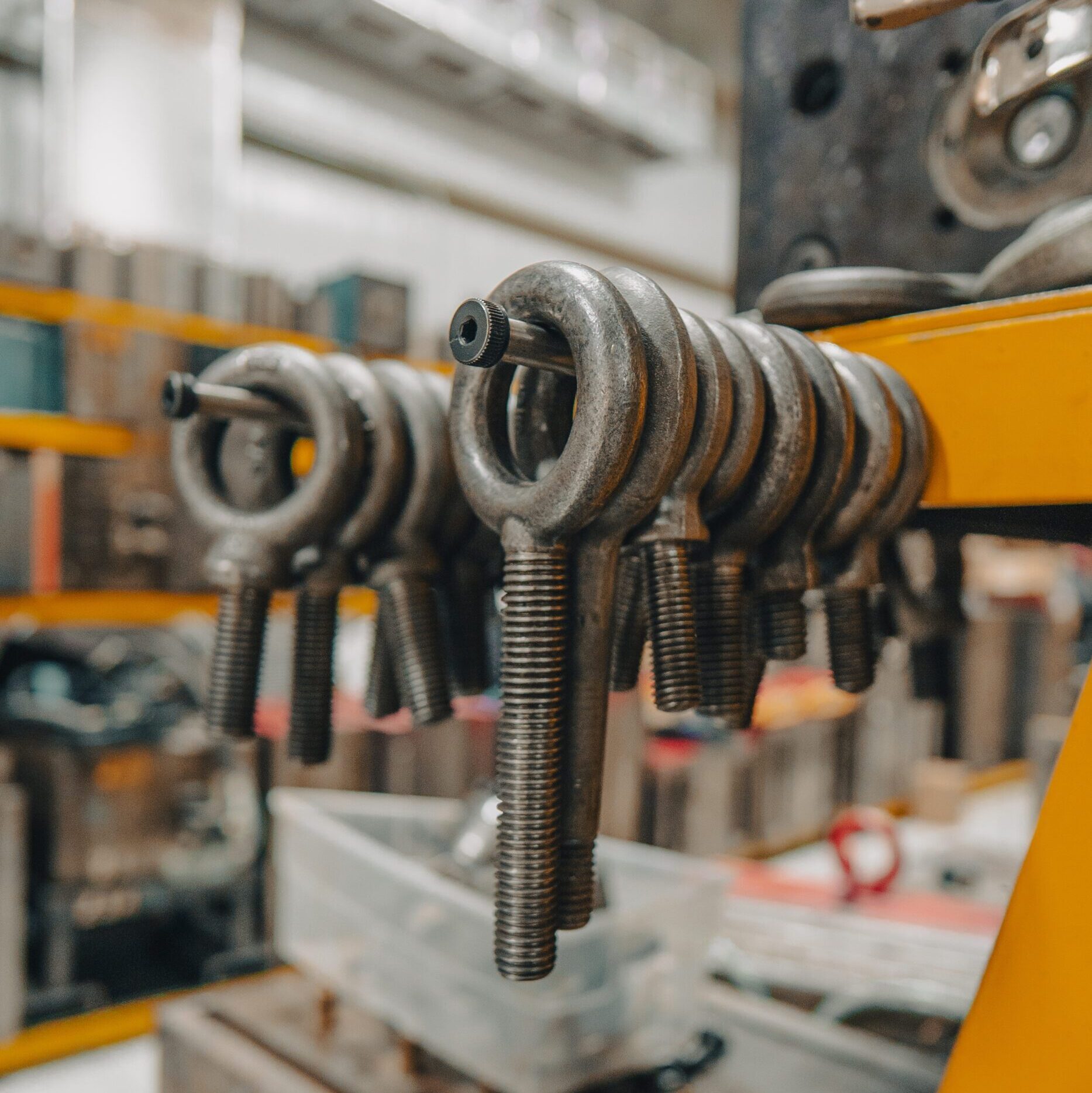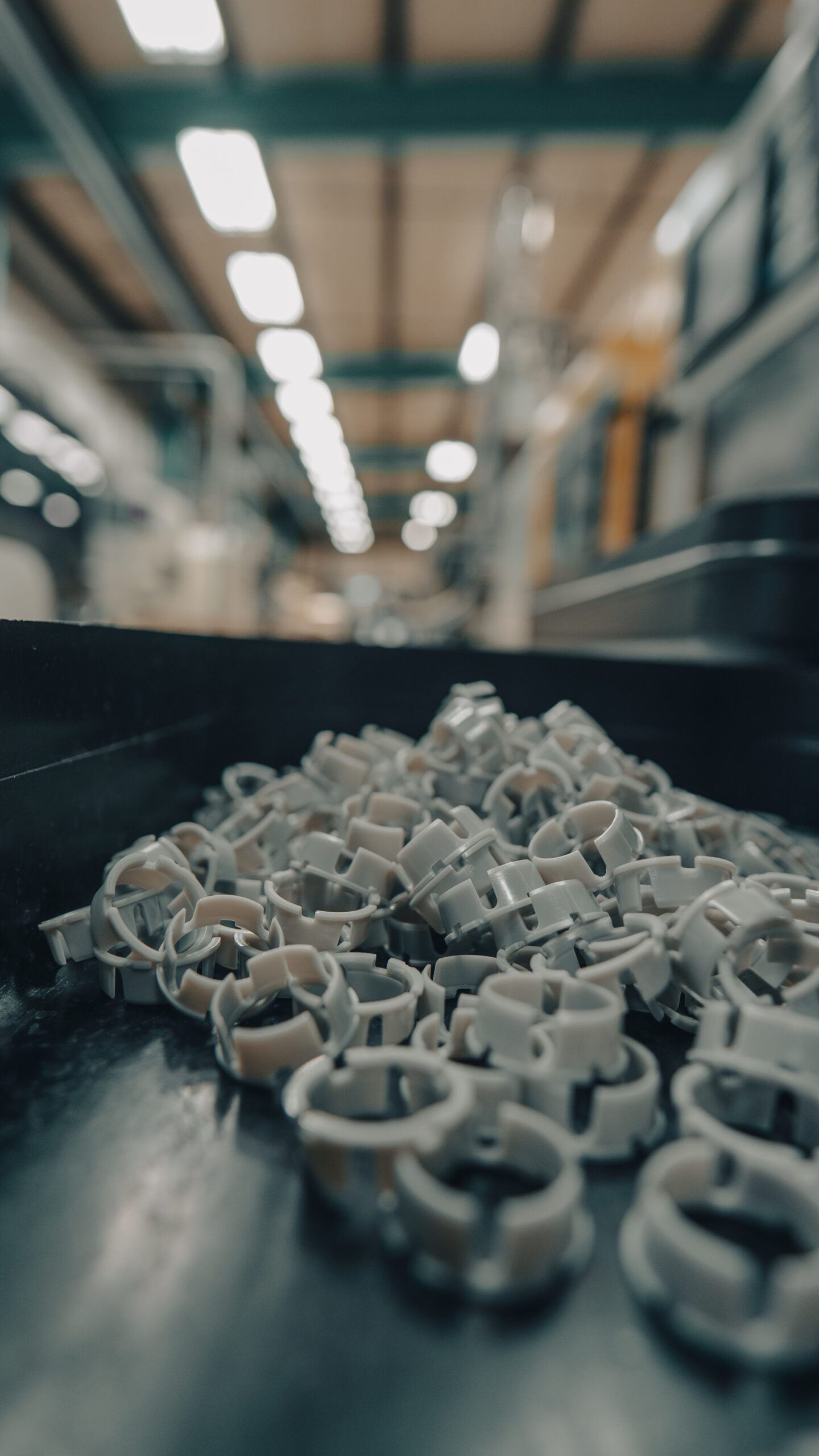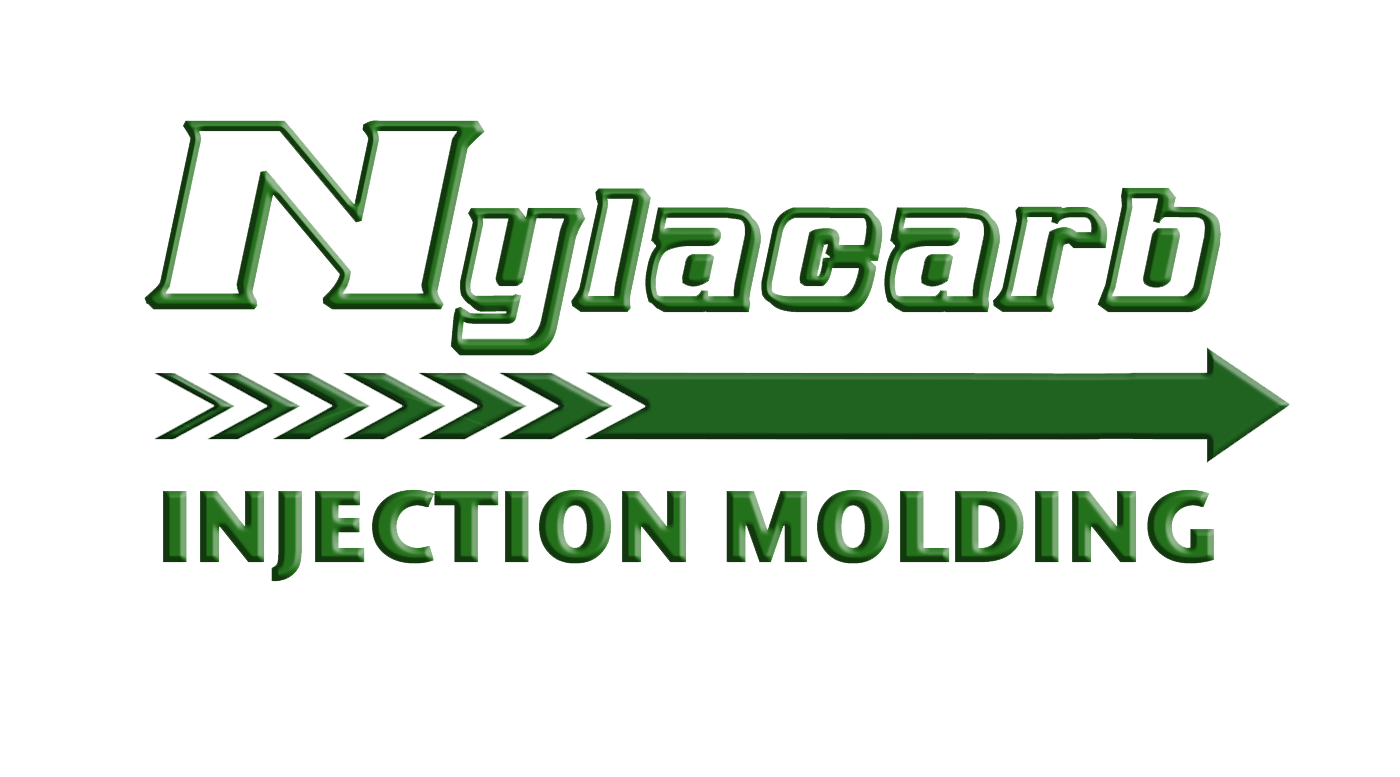A Comprehensive Guide for Specific Applications
When navigating material selection for specific applications, it’s essential to follow a comprehensive guide that ensures the chosen materials align with the intended use. Here’s an in-depth exploration to assist you in navigating material selection effectively:
Understand Application Requirements
Before delving into material options, thoroughly understand the functional requirements of the application. Consider factors such as mechanical strength, thermal conductivity, chemical resistance, and environmental conditions. By clearly defining these parameters, this sets the foundation for an informed material selection process.
Assess Mechanical Properties
Different applications demand varying degrees of mechanical strength, flexibility, and durability. For structural components, prioritize materials with high tensile strength and impact resistance. Conversely, applications requiring flexibility may benefit from materials with excellent elasticity and low modulus.
Evaluate Thermal Characteristics
For applications exposed to extreme temperatures or thermal variations, consider the material’s thermal conductivity, expansion coefficient, and heat resistance. Certain polymers excel in retaining mechanical properties across a broad temperature range, making them suitable for diverse thermal conditions.
Chemical Compatibility

Factor in Environmental Conditions
Consider Cost Constraints
For more information regarding the material selection; or any other plastic manufacturing questions contact us today!

Explore Material Options
Dive into the diverse world of materials, including metals, polymers, ceramics, and composites. Each material category offers unique properties. Metals provide strength and conductivity, polymers offer versatility and lightweight properties, ceramics excel in high-temperature applications, and composites combine various materials for tailored performance.
Sustainability and Recyclability
In an era of growing environmental awareness, it’s crucial to consider the sustainability of the chosen material. Opt for materials with eco-friendly attributes and recyclability. This not only aligns with global sustainability goals but also caters to the increasing demand for environmentally conscious products.

Recent Comments